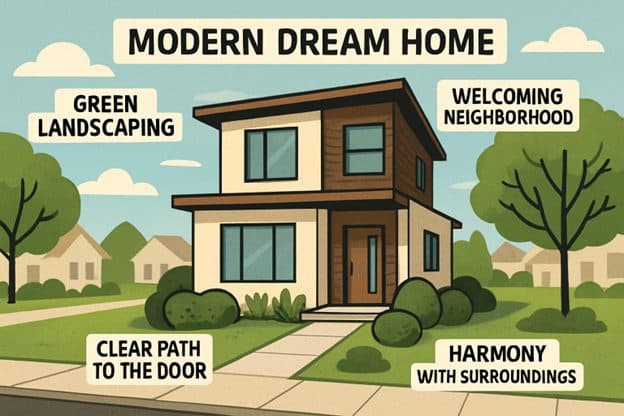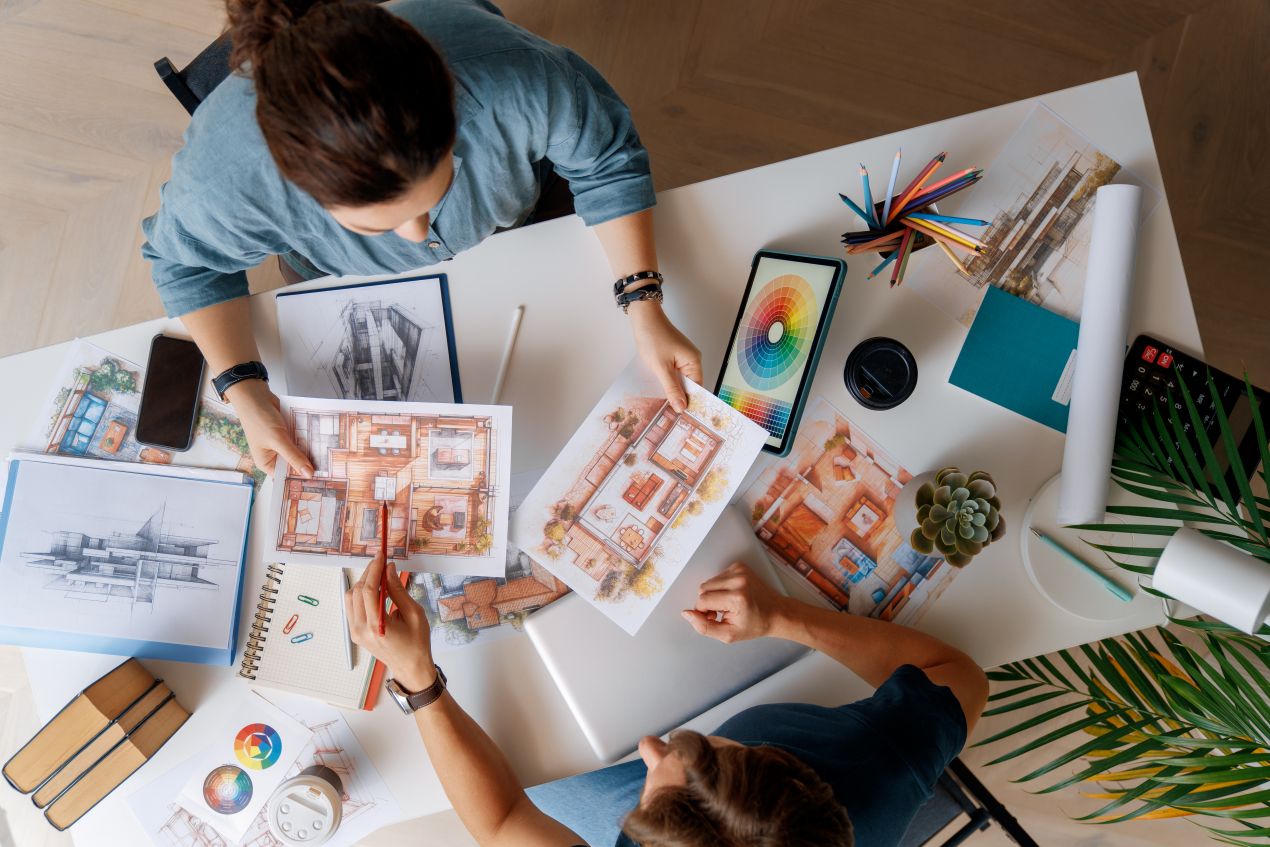Creating your dream home is a rare and exciting opportunity that blends creativity with practical decision-making. Every step of this journey—from selecting the right layout to choosing final finishes—contributes to the comfort, value, and style of your new residence. Discerning homeowners seeking top-tier results often lean on experienced builders specializing in high-end home construction, ensuring every aspect of their vision is realized to perfection.
Defining your goals early, securing a desirable location, and assembling the right team are just a few of the pivotal steps. Each phase requires attention to detail and a strong understanding of your long-term objectives, as these decisions will have lasting effects on how your home is enjoyed for years to come.
Defining Your Vision and Needs
The foundation of a successful custom home is a clear understanding of your household’s needs and desires. Before poring over design plans, ask yourself what matters most: How many bedrooms and bathrooms do you need? Will your home require dedicated spaces, such as a home office, craft room, or private gym? Are you drawn to a specific architectural style? These considerations help distill your vision, providing clarity that will shape every decision down the line.
Once your needs are outlined, compile inspiration from magazines, online galleries, or social platforms to help communicate your preferences effectively to your design team. The more thought you give to these early details, the smoother the rest of your home-building journey will be.
Choosing the Right Location
Location is arguably one of the most influential factors in creating a dream home. A desirable neighborhood, proximity to essential services, and convenient commutes are all important. Beyond immediate convenience, consider the long-term prospects for your area. Will your community see infrastructure improvements or increased property values over time? Research school districts, parks, and how the neighborhood’s character meshes with your lifestyle.

Collaborating with Professionals
Building a custom home is a complex endeavor that requires a skilled team. Experienced architects, interior designers, and specialized builders work together to translate your ideas into cohesive plans and expertly finished living spaces. Your team’s collective expertise will ensure code compliance, practical workflows, and the smooth resolution of unforeseen challenges. Seek out professionals with a portfolio that reflects your taste and ask for references before making any commitments.
Establishing a Realistic Budget
Sound financial planning is essential to prevent the dream from becoming a financial burden. Be thorough in capturing all anticipated costs—from construction to permits, landscaping, and interior finishes. Always plan for a contingency fund of at least 10% to 20% of your total budget to cushion the impact of unexpected expenses, which are common in home construction. Setting financial boundaries will help align your project with your priorities and preserve your peace of mind.
Prioritizing Energy Efficiency
Energy efficiency is more than a trend; it’s an investment in your home’s future value, comfort, and operational costs. Upgrading to high-performance insulation, triple-glazed windows, and energy-efficient HVAC systems can substantially reduce utility bills while shrinking your home’s environmental impact. Many homeowners also opt for eco-friendly choices such as solar panels and programmable thermostats to further contribute to sustainability efforts.
For more information on energy-smart building practices, the New York Times Green Home Guide offers detailed insights into making sustainable choices during each home design and construction phase.
Designing Functional Layouts
The layout of your home fundamentally determines how enjoyable and flexible your living spaces will be. Open-concept floor plans remain popular for encouraging social connection and natural light flow. Consider, however, how separation and defined zones can add privacy to spaces such as home offices, children’s rooms, or guest suites. Planning for direct connections between high-traffic areas—like the kitchen, entryway, and laundry—can streamline daily routines. An adaptable floor plan can accommodate your evolving needs as your family grows or your routines change.
Selecting Durable and Sustainable Materials
Building materials are essential to your home’s appearance and long-term maintenance. Choosing products renowned for durability, like engineered hardwood, ceramic tile, or fiber cement siding, can reduce upkeep and repair costs over time. If environmental impact is a concern, investigate reclaimed wood, bamboo, or other recycled construction materials. For exterior and structural work, selecting quality bricks for your home can provide both strength and timeless appeal. Durable and green material choices will help your home stand up beautifully to years of use while aligning with modern sustainability standards.
Incorporating Smart Home Technology
Modern homes integrate technology to enhance comfort and convenience. Smart thermostats, remote security systems, and automated lighting can be tailored to fit your lifestyle and improve energy use. Consider pre-wiring your home for evolving technology needs or home automation hubs. Planning for these features during the design stage allows for seamless installation and future upgrades. According to Forbes’ guide on smart home devices, incorporating these systems can increase your home’s value and provide daily benefits for your household’s routines and security.
Conclusion
Designing your dream home is both a personal and practical journey. The key lies in clarity of vision, thoughtful planning, and the support of skilled professionals. By prioritizing location, sustainable design, efficient use of space, and contemporary technology, you can create a home that provides lasting value, reflects your unique style, and supports the life you wish to lead. Each decision is an opportunity to bring your vision to life—one step closer to living in the home you’ve always imagined.

